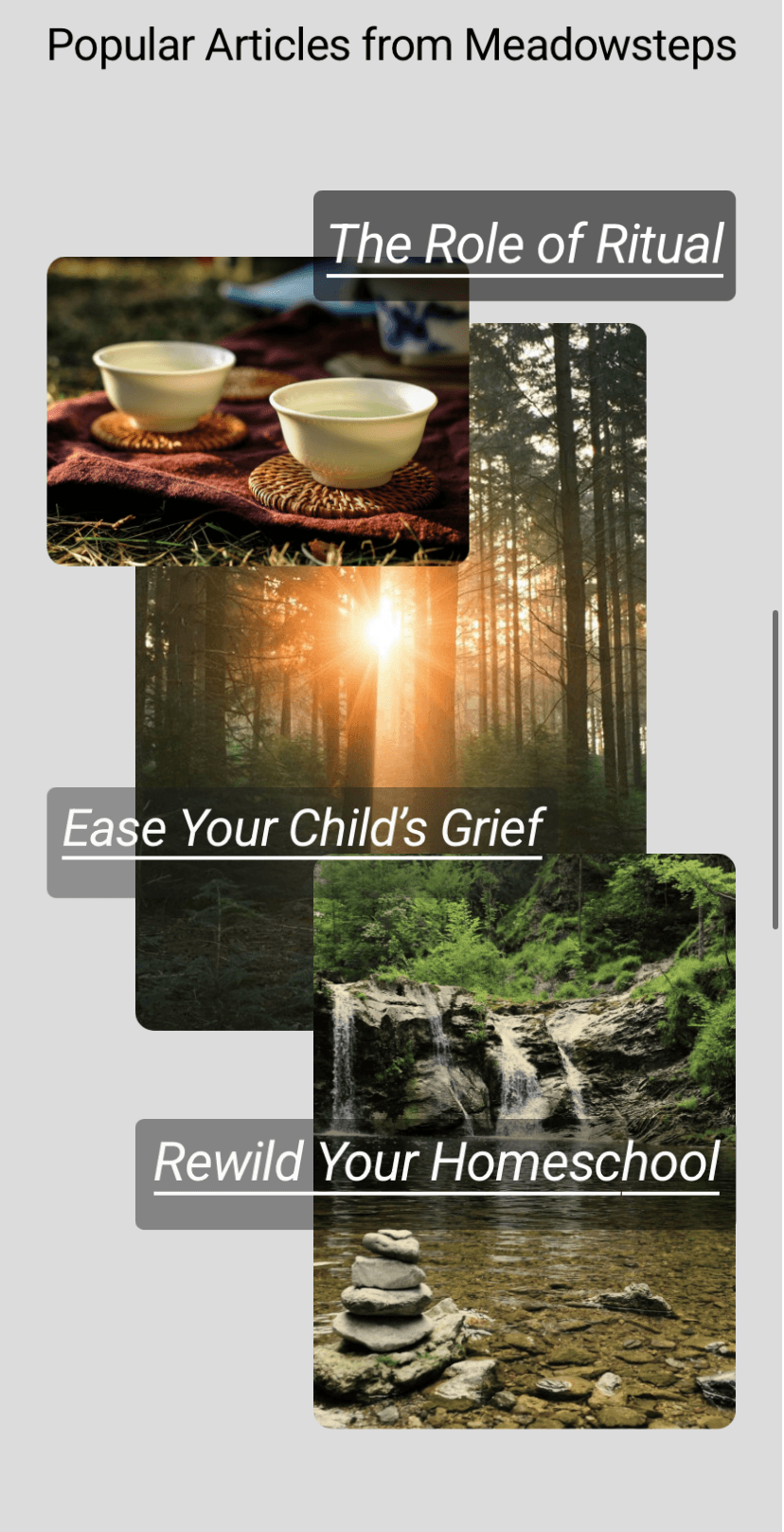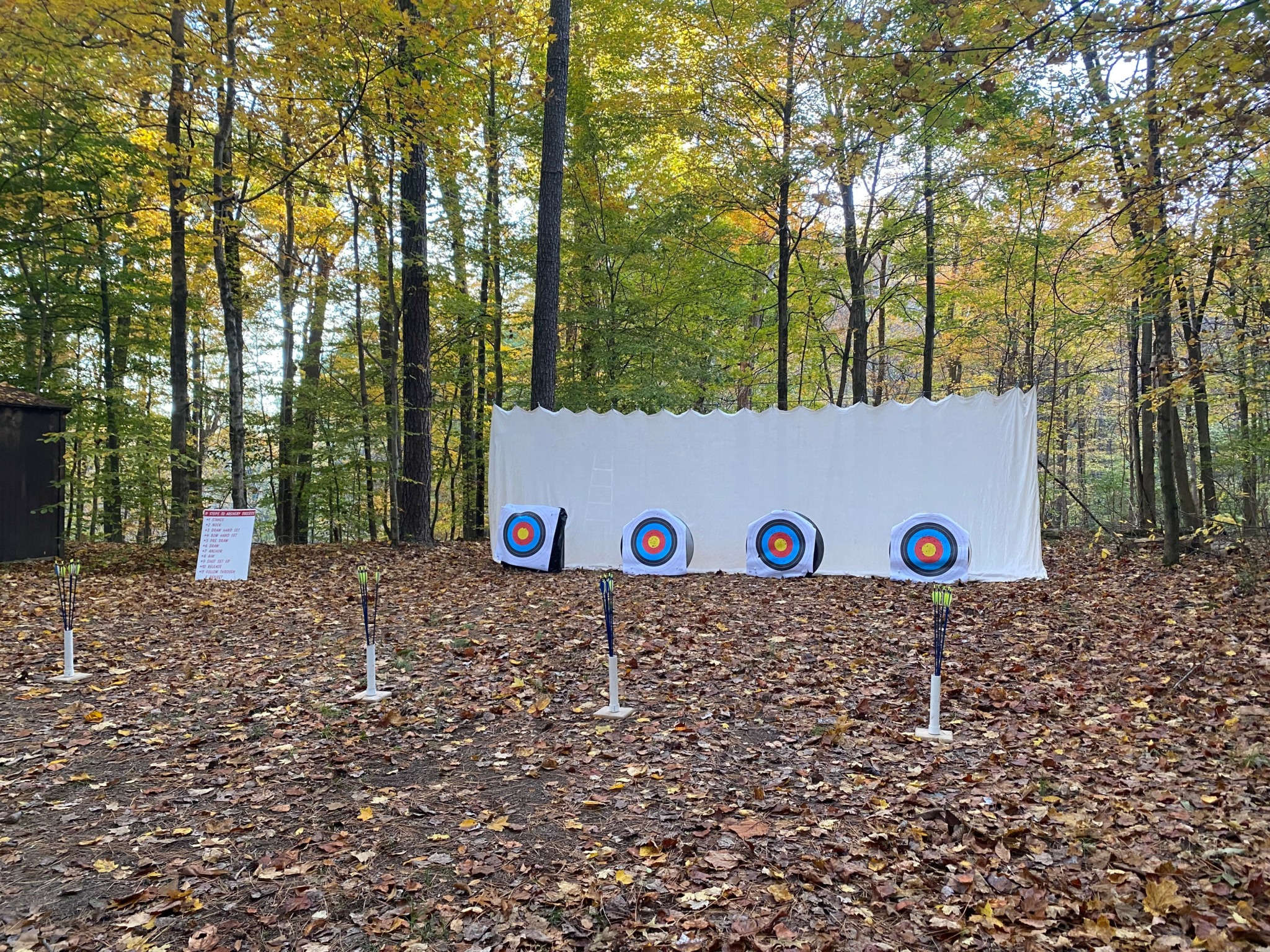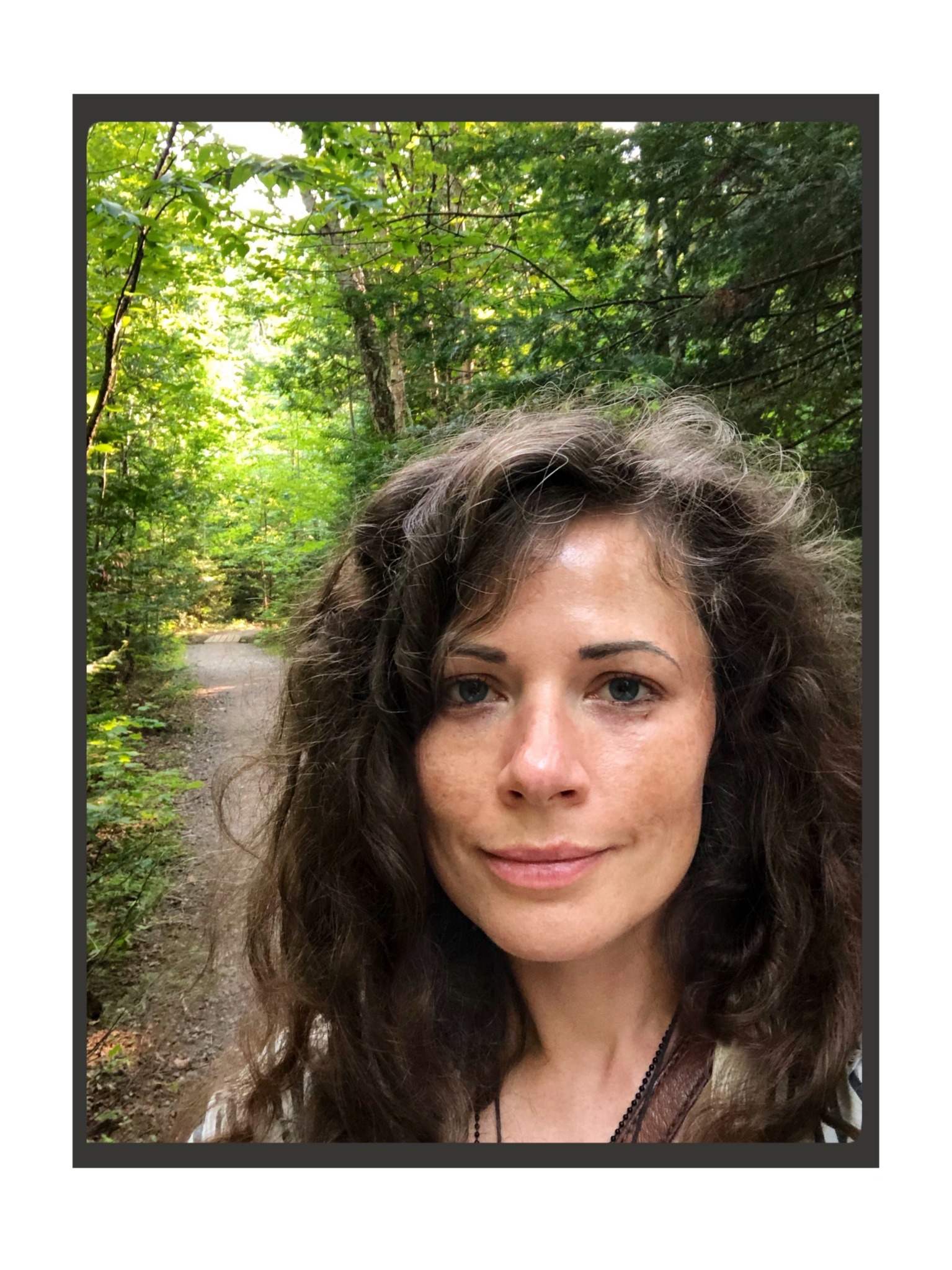We were lucky to catch up with Megan Casey recently and have shared our conversation below.
Megan, thanks for taking the time to share your stories with us today When you’ve been a professional in an industry for long enough, you’ll experience moments when the entire field takes a U-Turn, an instance where the consensus completely flips upside down or where the “best practices” completely change. If you’ve experienced such a U-Turn over the course of your professional career, we’d love to hear about it.
I spent upwards of two years rambling around the National Forests and by the time I left the woods, I knew I never really would. I’d kept time by the moon and set my dog to watch for bears while I bathed in freezing creeks. In the US, a lot of people took to travel during the pandemic. When it came I was leading a behavioral services department, a big job fraught with professional obstructionists, bureaucracy, and dire emergencies. Our healthcare system is like that. Disgusted (and frankly defeated), I put my things in storage and turned my car toward the nearest wilderness.
A lot changed while I was out there.
My training is as a clinician rather than an administrator, I provide a kind of therapy called ABA. I kept tabs on the field through Twitter and my professional network—the change was loud. The shift to franchise-style clinics was already underway but accelerated during the pandemic when money got tight. Scale begets standardization, not quality. Outside the business, people rallied around neurodiversity. It was beautiful and harrowing. ABA as a term became synonymous with mistreatment, a phenomenon that flattens both. People believe I terrorize my clients until they kill themselves. My interest in the observable objectifies them. Strangers on the internet called me a eugenicist. Friends now lost came to believe I use electrical shocks on kids. I don’t. I don’t do any of that.
As far as I know, I’d been the only clinician in my area with any significant experience treating confined children— children left in bedrooms or walk-in closets as babies and kept alive but otherwise disregarded. They stay there until recovered by a social worker or discovered by a landlord, a blank-faced five-year-old that’s supposed to be living with relatives out of state. It is a mercifully small demographic with unique needs and, without exception, profound trauma. Minor disappointments bring on meltdowns that can last hours and I stayed with them through this, moving furniture to keep them safe and breathing slowly to calm them. On better days we played on the floor or colored at a table. I coached them through the developmental stages for drawing, modeling each successive step and hanging it on their refrigerator with them. They needed these childhood experiences, and they needed expressive skills to participate in more specialized treatment for their trauma. These cases were emotional, I cared and still care about those kids.
I’d take the hard clients in part because I know I can do hard things. Some days I treated volatile clients in their homes through a crisis program—a Hail Mary effort to prevent institutionalization. I sought advanced training in non-conflictive behavior change, generally on weekends, and came back with strategies so subtle it doesn’t seem like they should work. In another program, I negotiated for and mostly exhausted a grant for translation because I wanted to instruct young international clients in their native language. These families were refugees. My clients’ parents grieved their nation, their displacement and the adulthood they wanted for their children. They watched from the doorway as their child worked for “dance parties,” trying out new words at the kitchen table. Sometimes they used English and sometimes Swahili or Arabic, we celebrated both. I taught them how to state their needs, and how to say “no”. It was important work and could also be great fun. I showed one client a picture of a raccoon and labeled it for him, “Raccoon.” He looked me dead in the eye and said, “Panda.” He wasn’t mistaken, he was disagreeing with me. “Ok,” I told him, “Panda.” Be free, kid. The world is your panda with that kind of energy.
This work has value, and I could do it without presuming to understand my clients. I will never know them fully, but I can meet them in their context and make that context work for them. My clients are not objects, they are rational agents just like everybody else. I tried to explain but the accusations were too emotionally charged. Eventually the field pissed me off enough that I didn’t want to defend it.
In the years before the pandemic, a prestigious speaker’s mic had to be cut off in the middle of a racist tangent. There were breakout groups after and a carefully worded public statement. When the world’s reasonable outrage over aversives like electric shocks was renewed in early 2020, I didn’t see anything helpful from any of our regulatory organizations until the end of 2022. Our certification board keeps turning out graduates, advertising employment outlooks they’ve estimated from job postings. Job postings aren’t jobs, and they aren’t goodwill either. The board spent an enormous amount of time and effort establishing an international credential only to rescind it, stranding providers overseas. They could have spent that time expanding ABA beyond autism, a diagnosis as subject to revision as any. ABA as an institution can’t put its shit in storage to sleep under trees and then write an essay about it. It does not touch grass. As it stands, the field is brittle. Providers passionate about treating bulimia or intervening in domestic abuse are limited to the same service codes as I am—the ones for autism services. It’s stupid.
Behavioral principles apply to anything that does stuff. If it does stuff it behaves— computers, nations and plants all have behavior. Translational certifications have started popping up for behavior analysts like myself interest in moving into gerontology, sexual wellness, sleep coaching, and fitness coaching. These are exciting ventures with the potential to help millions of people but these services are only accessible to people who can pay out of pocket. Commercial insurance limits my provider-type to autism in a few ways, and Medicaid is only slightly less stringent. It gives the impression that behavior analysts have a vendetta against autism or autistic people when I think in reality we’ve both been roped into a highly scalable business model that was made to benefit neither of us.
Out in the National Forests, I camped and wrote and looked back on my healthcare experience bitterly, but I knew I didn’t have many options outside the field. I’m a specialist with a specialist’s education and experience. Knowing I’d need to return to work eventually, I joined networking groups and found that demand varies widely by region and also that, in my opinion, a lot of providers out there aren’t very good at all. Nobody sets out in life to implement ill-considered medical interventions on a vulnerable population. These people wanted to do right by their clients, I’m sure, but lacked the training and mentorship necessary to do so. Sometimes even capable providers struggled, undercut by agencies who hired them simply to bill for services, not to provide quality care. These companies recruit constantly or buy applicants from staffing agencies that flood Indeed with vague job descriptions and bogus salary ranges. If you push too hard to create a coherent program for a child, they’ll simply replace you with the next person who will hand over their professional credentials without asking questions, and there’s always someone willing to fill the spot if adequately lied to.
No matter the dynamic, every single BCBA in these scenarios pays the same dues. Focusing just on the observable, there’s no incentive for the board to change anything so long as people keep paying to take exams and renew certifications. It’s not encouraging.
My profession didn’t use to be like this. In some ways it was worse, in some ways it was better. Limiting this to the provider’s experience, the job search was not better. At first I thought it was just me, something to be ashamed of, but I complained loudly and publicly anyway. Then colleagues started sharing their experiences. Two either let the credential lapse or stopped at the finish line before getting it. Two have totally erased any mention of ABA or their BCBA credential from their professional presence. With few exceptions, now so have I. The irony is that the providers who are paying attention—who value assent and adopted affirming care with enthusiasm—they’re the ones I see leaving the field. And I am one of them.
I launched a new practice, Meadowsteps, providing holistic developmental services. I work with whoever approaches me if I think I can be of value to them, and I can because I don’t take insurance. I’m still a professional, I completed a course in DIR/Floortime, took notes and smiled through the hostility. I take data and refer to the research literature, but now I remind families that the days will soon shorten and their children will need to get all their sunshine before dinner. I bring them fermented lemons after courses of antibiotics and test their homes for lead. I’m pursuing a sylvotherapy certification, forest-therapy, and adapt the strategies to clients who wander or eat dirt because they deserve nature too.
Megan, before we move on to more of these sorts of questions, can you take some time to bring our readers up to speed on you and what you do?
I am a behavior scientist and holistic developmentalist. I provide nature-based developmental consulting for families with young children through my private practice, Meadowsteps. I have worked in behavioral health for 15 years, most of it as a BCBA— a master’s level credential in behavior analysis. Early in my career, I made the strategic error of specializing in naturalistic, developmentally informed strategies to support very young children with autism (or autistic children, if they prefer, but they’re 2 or 3 and won’t give me a straight answer.) A lot of providers like the “littles” for general adorability, and they are very cute, but I like them most for how fascinating they are. I even developed a subspecialty in protoimperative pointing and emerging perspective taking just for them, which might sound smart except I’m in Kentucky and our early intervention service doesn’t employ BCBAs. By the time kids here get diagnosed and can be seen through their insurance, they’ve already aged out of my specialization, so I had to give up that particular dream. I refocused clinically on very high-acuity clients, and I appreciated that work as well, but I can’t say it was my calling. Had the pandemic not come, I might never have gotten a chance to return to my roots, as it were.
Can you tell us about a time you’ve had to pivot?
Do you think you’d choose a different profession or specialty if you were starting now?
Absolutely not, I would go back and get an associate’s degree in a stable field that qualifies me for jobs that pay a living wage. I’ve grown a lot as a person through my education, and the thought of not having had it saddens me, but that’s not what education is for. I have to trust that even without it I would still be curious, hard-working, and self-directed enough to grow into somebody I’m ok with while also being able to pay rent without a side hustle and sleep well at night knowing my job doesn’t require constant moral justification.
Contact Info:
- Website: www.Meadowsteps.com
- Facebook: https://www.facebook.com/Meadowsteps
- Linkedin: https://www.linkedin.com/in/megan-c-39a81967/







Image Credits
Megan Casey


